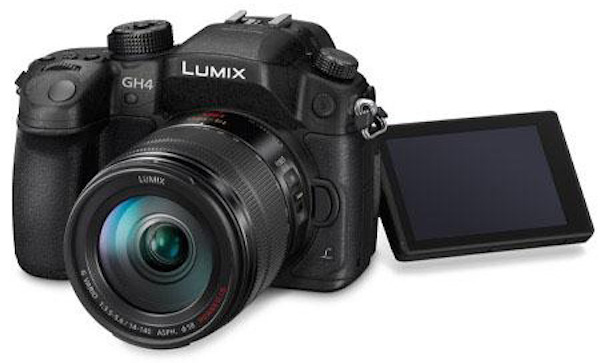

However, there were also a number of examples - particularly with clouds or bright sunrise/sunset images where the banding was so objectionable as to cancel any value the extra bits of dynamic range was adding.

I searched YouTube for a while and found a few examples where they showed V-LogL with the 709LUT versus CIneD, I would say in a number of cases the V-LogL+LUT looked better. I'm curious about the reason why you use CineLike-V rather than say "D" or 709? Would love to hear thoughts and experiences on this option. Also, from an editing perspective, I used Adobe Premiere Pro CS6, not the latest CC, so while I tried Magic Bullet's LUT buddy to help with the V-LogL it doesn't run at real time speed, so I'm worried that V-LogL is unusable from an editing perspective - although I would love to hear otherwise if VLog is even useful at 8bit. I've decided I so much prefer the look of 4K/60fps versus 24 or 30, that that decision is made, and I'm not using an external recorder, so I'm locked into 4K/60/8bit versus 10-bit as a starting point. I'm going to Yellowstone national park later this summer and looking to really understand the difference between these four modes in the Photo Style setting for video - I'm only going to be using the GH5 for video.

I've got the V-Log L upgrade, so I'm now having to choose between these four gamma curves for video recording.
#Panasoni gh4 lut manual#
I've read the advanced manual for the GH5, page 208 - with the two line description of each (Photo Style), but I'm looking for a little more advice.


 0 kommentar(er)
0 kommentar(er)
